Jon qualified for a national golf tournament! We had been talking about him going to Orlando for weeks–yet I never thought about eating alone–until the day before he left.
A little history: I’ve been living with Jon since I’m a whopping 17 years old–married at 19. My oldest child, Ben, will turn 28 at the end of this month–and he was born when I was 24 (I’ll let you do the math…). So, eating alone wasn’t something that I’ve had too much experience with–other than when I had to relocate to Vancouver, to shoot the TV series for PBS. But that was different. Being alone all day and night in the home where my children, my marriage and my career all evolved–this impending solitude felt bizarre–and yet (dare I say…) exciting!
So, here I was, at home alone with Mango, my 4 year old yellow Labrador Retriever. Friends would call and let me know they were there–but, the truth is that I wasn’t looking to fill up my dance card. I wanted to really use this time to see how I felt about being all alone with myself.
Over the years, many of my students have expressed their frustration–either because a spouse didn’t arrive home at an hour conducive to shared meals or due to sudden (or not so sudden) circumstances, there was no spouse at all, due either to divorce or becoming widowed. Either way, the result of being partnerless was always the same: Lovely and lovable people who didn’t feel motivated or entitled to cook and/or bake for themselves–or for their children–without the presence of another adult —someone else that would somehow validate their entitlement to have a fine meal at the end of a long day, simply because they’re worth it. So, suddenly this time felt special–and valuable to more than just me– this was my time to show us ALL that we ALL certainly are worth it.
When Jon left early that morning, he was lucky enough to miss the torrential rain that was about to descend (and relentlessly stay) for days–As soon as I knew he was up in the air–I asked myself “OK, Lauren, what now?” Then, I decided to do what I always do when I need to feel connected to my power to create my own happiness–I made bread. And, as expected, kneading the dough and knowing that it, too, needed me was all it took to get the ball rolling…
With the dough made and rising, I took a container of frozen meatballs that were suspended in a block of marinara sauce out of the freezer to thaw. I went to the market and bought a container of small floating balls of fresh mozzarella cheese and a single bunch of pencil-thin asparagus, which I washed, dried and then placed on my favorite blue-gun steel baking pan that I had first lined with non-stick aluminum foil.

Once on the pan, I rubbed the asparagus liberally with a mixture of extra-virgin olive oil, minced garlic, hot red pepper flakes and black pepper that I coarsely cracked and, over the top, I dropped a dose of Kosher salt.
I had the music on (channel 31 on XM) while I shaped the oh-so-sticky dough, let it rise again until billowy, on a sheet of unbleached parchment paper that was first sprayed with olive oil –and then sprinkled with a mixture of cornmeal and whole wheat and white flour. Oh–and to help guide the sides of the dough as it rose, I had placed the paper (cradling the dough) seasoned side up, inside of a stainless steel bowl that measured about 9 inches across the top–While the dough was rising, I had the oven preheated to very hot (500F) with thick slab of terra-cotta (my pizza stone) on the center shelf and, on the stone, sat a cast iron pot, it’s lid secured.

When the dough was ready, I slashed and salted the top, took out the (extremely hot) iron pot, placed it on a trivet, uncovered it and placed the lid on another trivet. I lifted the paper cradle and lowered the whole thing–the paper and the raw loaf–into the pot. I grabbed my mitts–recovered the pot and placed it back into the oven, onto the hot stone–shut the door, lowered the temp. to 475F and baked for 30 minutes. I then uncovered the pot, lowered the temp. to 450F and baked for 20 minutes more. I turned off the oven and let the bread sit there, undisturbed for 15 minutes.
I opened the oven…

ohhh….I felt so happy. Then I felt guilty about feeling happy (“Who makes bread for themselves when home alone?” I thought).

Then, as the bread sat on a wire rack, the crust singing as it cooled, I got annoyed about feeling guilty. (“What makes someone else more entitled to this loaf than me?”) I let the bread cool until dinnertime.
Mango and I had been out several times that day, walking up, down and around sopping wet streets and corners –those that hold many personal memories, especially since Jon and I both work from home and usually travel this same path together, daily. Every once in a while, Mango would look up at me, her eyes blinking at half-mast to keep out the rain. I imagined the question in her expression. “Walking me alone–and in the rain– is still fun for you, right?”)
As the night rose on a sunless day, rain still spilling from the sky, it was the first time I thought of the table. Where was I going to eat? From the very beginning, ever since Jon and I moved into the house–ever since my kids were born, each night at dinner, there they were–first reclining in padded infant-seats–then propped in high-chairs–then balanced in booster seats, etc. And to this day, every night, whenever we eat at home (regardless of what I’m serving), we always eat at a set table and always by candle-light. Would things change now that I was home alone? Should they change?
Oh, please. Are you kidding?!
Although I didn’t want to eat alone at a big dining room table, I also didn’t want to eat on a couch, in front of a television set. So, since we have a counter and stools in the kitchen, I “set” the counter.

But something was missing…
I slipped on my water-proof shoes and blue hooded rain-jacket. I grabbed my scissors and, despite the pouring rain, I went outside into the garden.

I preheated the oven, for the asparagus, to 450F.
Meanwhile, I slowly reheated my meatballs…adding some fresh basil to the pot.

I brought some water to boil and then I turned the water to a simmer, while I roasted the asparagus for 20 minutes.
I assembled a simple salad.
Since I always keep roasted peppers in the fridge…

— I added them to the plate of heirloom tomatoes, mozzarella cheese and baby arugula, which I served with some great olive oil and balsamic.
Several minutes before the asparagus were done, I melted some butter in a pan with sloped sides and, to the butter, I added a few cloves of minced garlic and some beef stock (I always have tubs of all sizes of stocks of all kinds in the freezer.)
Two minutes before the buzzer sounded for the asparagus, I raised the heat under the boiling water to the max–I added a great pinch of salt to the pot, and then added some dried cappellini pasta.

I sliced the bread…

Buzzzzzzzzzzzzzzzzzzz…(the oven timer.)

Roast asparagus are amazing! Since they cook at such a high temperature, the spears get really crisp and caramelized (especially the tips)–which truly elevates the taste and texture.

I tossed the pasta with the butter and stock. (By the way, if you didn’t have stock, you could always just use the pasta water), and then I lit the candles…

I poured the wine (a red from Argentina). Yay, it’s time to eat!




Boy, that was GOOD!
Day Two: It was still raining. The wind was howling–and the covers on my patio furniture had half-blown off (the other halves were anchored down with the weight of rain-water). Several of the chairs around our table were knocked on their sides–random branches were down–and whatever ripe fruit that had been clinging to the tops of my fig trees were now, lucky for Mango, rotting in the soil below. The towels used to dry Mango were all damp, dirty and covered with pale hairs.
I had some appointments in Manhattan so I took the train into the city, looking forward to shop for dinner at the market in Grand Central Station.
As I traipsed around the market–After having meatballs last night, I knew I wanted fish for dinner. I also knew that I had leftover bread, cooked pasta and roasted asparagus–All things I wanted to revisit. I also knew that a friend, who runs a great Italian olive oil and cheese of the month club–she had sent me some of her most resent imports so I could develop some recipes for an upcoming newsletter.
I bought an 8 ounce piece of halibut fillet…It surprised me how the words “I’ll take that one piece of halibut” didn’t hurt like when I finally succumbed and bought only one lonely chicken to roast, when the kids were all in college.
I rinsed, dried and seasoned the fish on both sides with salt and pepper and kept it in the fridge until ready to cook.

I also bought a bunch of giant black seedless grapes, which I rinsed and placed into a bowl…

I took out the bowl of pasta so it wouldn’t require lengthy reheating.

In preparation for the fish, I chopped some bottled pickled hot cherry peppers and a few cloves of fresh garlic. I drained a tablespoon of capers from their brine. I also cut up last night’s leftover asparagus, which I planned to use in the pasta.
For the bread, I mixed some minced garlic into extra-virgin olive oil and added some crushed red pepper flakes and cracked black pepper.

I sliced some of the bread and brushed both sides with the garlic-oil-pepper mixture.
I positioned a non-stick skillet on the stove, for the fish. And a grill pan on the next-door burner, for the bread.
It was early evening–although I was hungry, I reminded myself that dinner tonight didn’t need to be at any specific hour–and not according to the pangs of others. It was just me so I could actually eat whenever I wanted!
Deeming that it wasn’t yet time to cook dinner, I decided to make a little something light –but delish.
Grapes and Cheese!
I took two grapes–I know this sounds small but these were giant grapes–if using the regular seedless grapes, you’d use four per person.–Anyway, I cut each grape in half, lengthwise. I then cut each half in half again, lengthwise, but without cutting all the way through the bottom skin. Like this…

If using regular grapes, just cut each whole grape in half, lengthwise, without going through the bottom skin.
I was sent this amazing new cheese (new to me) called Manouri–very similar to feta–but a bit milder, softer and a lot less salty–really good. So, I took a knife and cut off a few small pieces–and then placed one inside of each opened grape. Then I drizzled extra-virgin olive oil lightly over the top and added some black pepper.
My amuse-bouche–such a perfect way to softly stall an early evening appetite.

Each small bite delivered such extraordinary contrasts in tastes and textures–I thought “Oh Jon has to taste this!”…Suddenly, being alone felt stingingly singular. I was, for the first time in a very long time unable to, a whim, reach inside of another person–someone that I loved sharing with– and touch them simply yet profoundly. I didn’t mind being home cooking for myself–but I wanted to share. I thought about how being alone and sharing seemed in-congruent.
Still raining and now dark, I put some all-purpose flour on a small tray and seasoned it with salt and pepper. I took out the fish and laid it, skin side down, in the seasoned flour.

I poured a shallow layer of olive oil in the nonstick pan and put a flame under it. Simultaneously, I also let the grill pan heat, on low, for the bread.

As soon as the oil was hot–but not quite smoking–I added the fish to the pan, floured (skin) side down and cooked the fish until the skin was golden and the flesh was cooked about 1/3 of the way up the fillet (you can see the fish cook by noting the difference in it’s appearance–the flesh goes from being translucent to being whiter–It’s less about any specific amount of time and more about each piece of fish being treated individually, so you’ll need to pay attention to the way it looks–just remember to cook the flesh 1/3 of the way up.
Then turn the fish and sear on the other side…

After searing the top, the flesh will still be translucent in the center. Take the fish out of the pan, dump the oil into a heat-proof bowl (stainless) and place the fish on a plate.

See how the center is still translucent??
Put the hot pan back on the stove and, over medium heat, swirl in a few tablespoons of butter. Add the chopped cherry peppers, garlic and capers and then a nice squeeze of fresh lemon.

Allow the varied flavors and textures to mingle for a minute–then add the fish, tilt the pan and baste it liberally.

Bring things back up to a bubble, then cover the pot and reduce the heat to very low. Simmer, covered, just until cooked almost through, 3 to 4 minutes.

Meanwhile, I reheated the pasta in the microwave for a few minutes with the cut up cooked asparagus. I also cranked up the heat under my grill pan and started on the bread.

I had prepared a salad that would go perfectly with the halibut and pasta…

Bibb lettuce with roasted peppers, mozzarella cheese and anchovy fillets.
Din-din on Day Two…


I just couldn’t eat that second piece of bread…Jon and the kids would have really loved this meal. Although I was missing Jon so much, doing this for myself felt good–and important.
Day Three: My mood was starting to match the weather, which was still playing the same dreary song. So, I took a small tub of curried butternut squash soup out of the freezer to thaw.
I still had half of the original loaf of bread leftover. I also had a good amount of the garlic-oil mixture that I had used the night before for the garlic toast, so I did the same thing today, only this time after basting both sides, I grated on some Reggiano-Parmigiano to the tops. Since the cheese could stick to a grill pan, tonight I would broil the bread instead.

I wanted to make crostini (garlic toast that carries a topping)–something substantial to go with the soup.
I had a plump purple eggplant in the vegetable drawer. After rinsing and drying, I trimmed off the top of the eggplant, then took a vegetable peeler and removed lengthwise sections of the outer peel, creating a striped pattern. Then I sliced the eggplant into rounds that were about 1/2-inch thick.

I brushed the eggplant on both sides with the garlic-oil mixture, added some more cracked black pepper and some salt.

I covered the eggplant and let it sit out, at room temperature. I put a grill pan on the stove, for later.
I had some fresh Mission figs and thinly sliced Serrano ham in the fridge (I bought the ham yesterday in Grand Central Station). I had frisee lettuce and baby arugula. I also had work to do–I had to use the cheese that I had been sent specifically to develop recipes. One, as I said before is called Manouri (the feta-type) and the other is called Kefalograviera which is equally delicious–made from sheep and goats milk –semi-firm–tasted really nutty.
Suddenly, a “light” supper of soup and crostini” had the potential to turn into quite a masterpiece!
I decided to fill the figs with some of the Manouri cheese, then wrap them in the ham. This cheese is crumbly so it needed to be mashed with something soft and complimentary–just enough to make it spreadable. Since the flavor was mild, I didn’t want to mute it by using something made with cow’s milk. I wanted to increase the acidity–so I used Greek yogurt–which would help the cheese to stand up to the sweet figs, salty ham and the bitter greens that I would serve along side.
So, I had everything set up…
I trimmed excess fat off the ham and then cut each long slice in half, width-wise. I halved each fig, through the stem-end, then I mashed some Manouri cheese with just enough yogurt to make it spreadable…
I spread a generous layer of the softened cheese over the cut side of each fig…(You want to allow one fig –two pieces–per person.)

I drizzled the cheese filling with a little extra-virgin olive oil and sprinkled on some cracked black pepper. Then I wrapped each cheese-filled fig with some ham enclosing it, and then laid each one, seam side down, on a covered platter and chilled them until later.
I started thinking–“These figs can be served several ways.”
Walnuts! I took a bag of shelled walnut halves out of the pantry. I melted some butter in a skillet and tossed in the nuts and sauteed them, stirring constantly, until both, the outer skins on the nuts and the milk solids in the butter were light golden. (Be careful, here. Nuts with skins can easily become over-browned which leaves them tasting acrid.)

I poured the nuts onto a plate lined with paper towels, then sprinkled the toasted nuts with salt and let them sit there until ready to put things together.
Then, just as dusk was about to make an entrance–
 THE SUN!!!!!!!!!!!!!!!!!!!!!!!!!!!!!!!!!!!!!!!!!!!!!!!
THE SUN!!!!!!!!!!!!!!!!!!!!!!!!!!!!!!!!!!!!!!!!!!!!!!!
About an hour before I planned to cook, I took the stuffed figs out of the refrigerator. I also took out a mustardy-vinaigrette that I had made a couple of days earlier so that the texture could soften and the flavors could fully resurface: For the vinaigrette: 2 tablespoons Dijon mustard, 1/3 cup white wine vinegar, 2 tablespoons sherry wine vinegar, 2 or 3 cloves of minced garlic, 1/2 teaspoon salt, 1 tablespoon honey and 3/4 to 1 cup olive oil (mix pure and extra-virgin). Whisk, and then season with black pepper.
Before assembling the salad, I decided to take a picture of another way to serve the stuffed figs which, as expected, proved to be amazing as a “before dinner” treat.

The stuffed figs surrounding a mound of butter-toasted walnuts!
Ok, now I was hungry… Time to start cooking.
I used a vegetable peeler to shave long, thin strips from the wedge of Kefalograviera cheese, cut some heirloom cherry tomatoes into quarters and brushed them with some of the garlic-oil.

I put a mixture of torn frisee lettuce and baby arugula in a bowl, turned on a low flame under the soup, a high flame under my grill pan and preheated my broiler.
I grilled the sliced eggplant on both sides until tender and golden

I know I’m making more eggplant than I need–but leftovers taste great!
After placing the cooked eggplant on a plate, I broiled the garlic toast on both sides, then turned the slices cheese side up.

And topped the toast, first with some grilled eggplant, then with some halved cherry tomatoes and finally with some of the shaved cheese…

Once the soup was hot, I dressed the salad and mounded it in the center of the platter of figs, then I put the toasted nuts around the greens and on top.
I took a few pictures as part of my recipe development procedure…

Now, to my dinner!
I slid the baking sheet holding the crostini under the preheated broiler just long enough to melt the cheese…

And put the crostini on a plate with some of the salad that I tossed with the toasted walnuts…

And served the above with a bowl of piping hot curried butternut squash soup. 
And, let’s not forget those gorgeous stuffed figs!

Yet another meal that could bring a stoic to tears.
Day Four: The sun was shining, I happily spent the entire day (and evening) in Manhattan-having brunch with my son Ben and one of my daughters, Jessie, then to a movie and out to dinner with Jessie.
Day Five: I flew to Orlando to proudly watch Jon compete in his tournament. It was so wonderful to be with him again.
I’m home again and no longer alone.
The Point: I’ve learned a lot from this experience. Mostly, that we can be alone, even lonely and still show ourselves great love. That regardless of the status of our other relationships, doing things to nurture the life-long bond we have with ourselves makes good times and difficult times substantially better –and that matters a lot– not just to the quality of our overall existence but also to what we teach our children about what they, too, should want for themselves when they’re grown. This blog was meant to help you to see that, being without an adult partner does not dictate our ability or level of entitlement to create and enjoy the many benefits of living a homemade life. I hope this blog inspires you to love yourselves more and to back that up with self-caring gestures, no matter who is or is not around. I guess being alone and sharing isn’t so in-congruent after all.


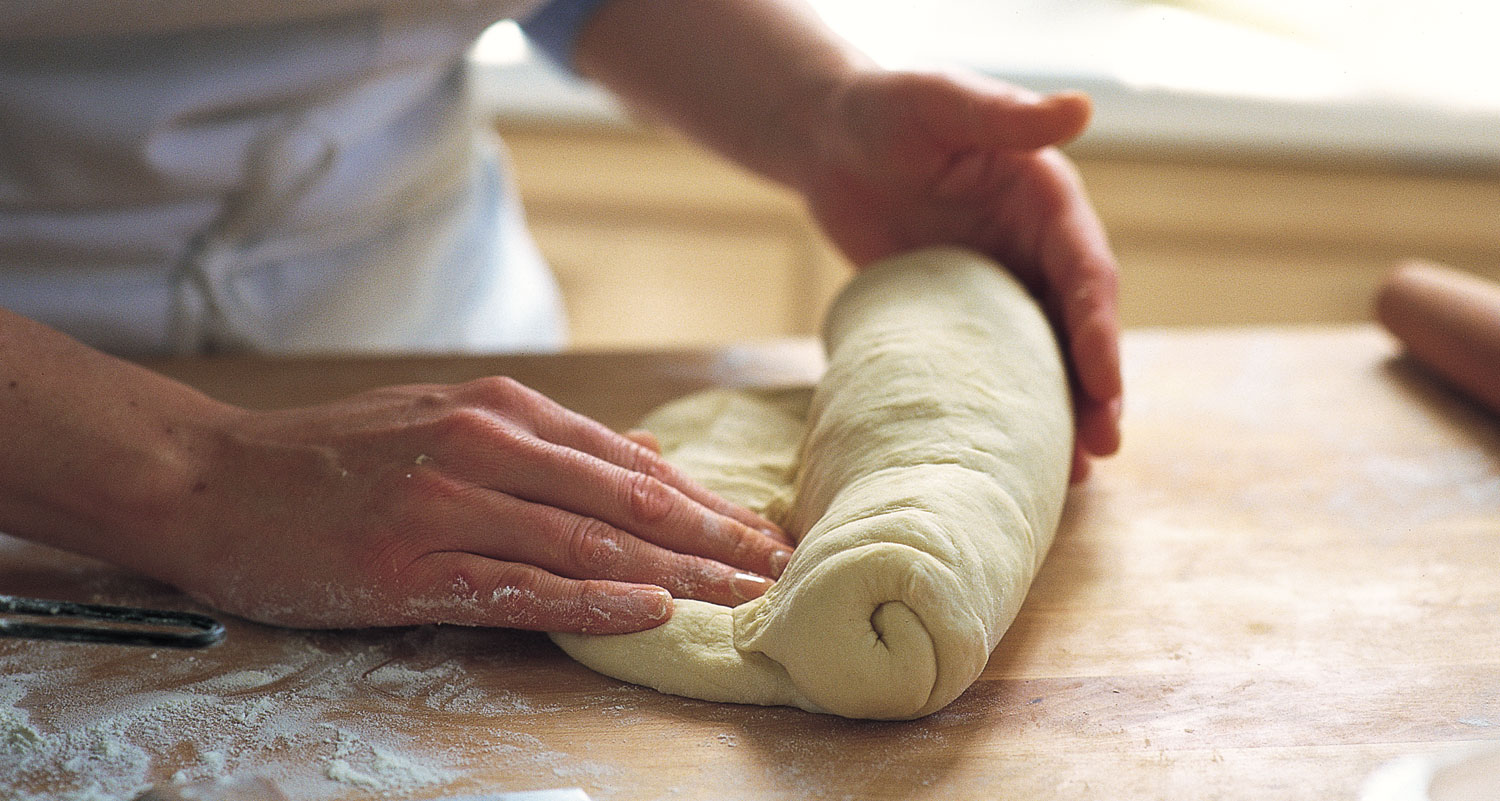
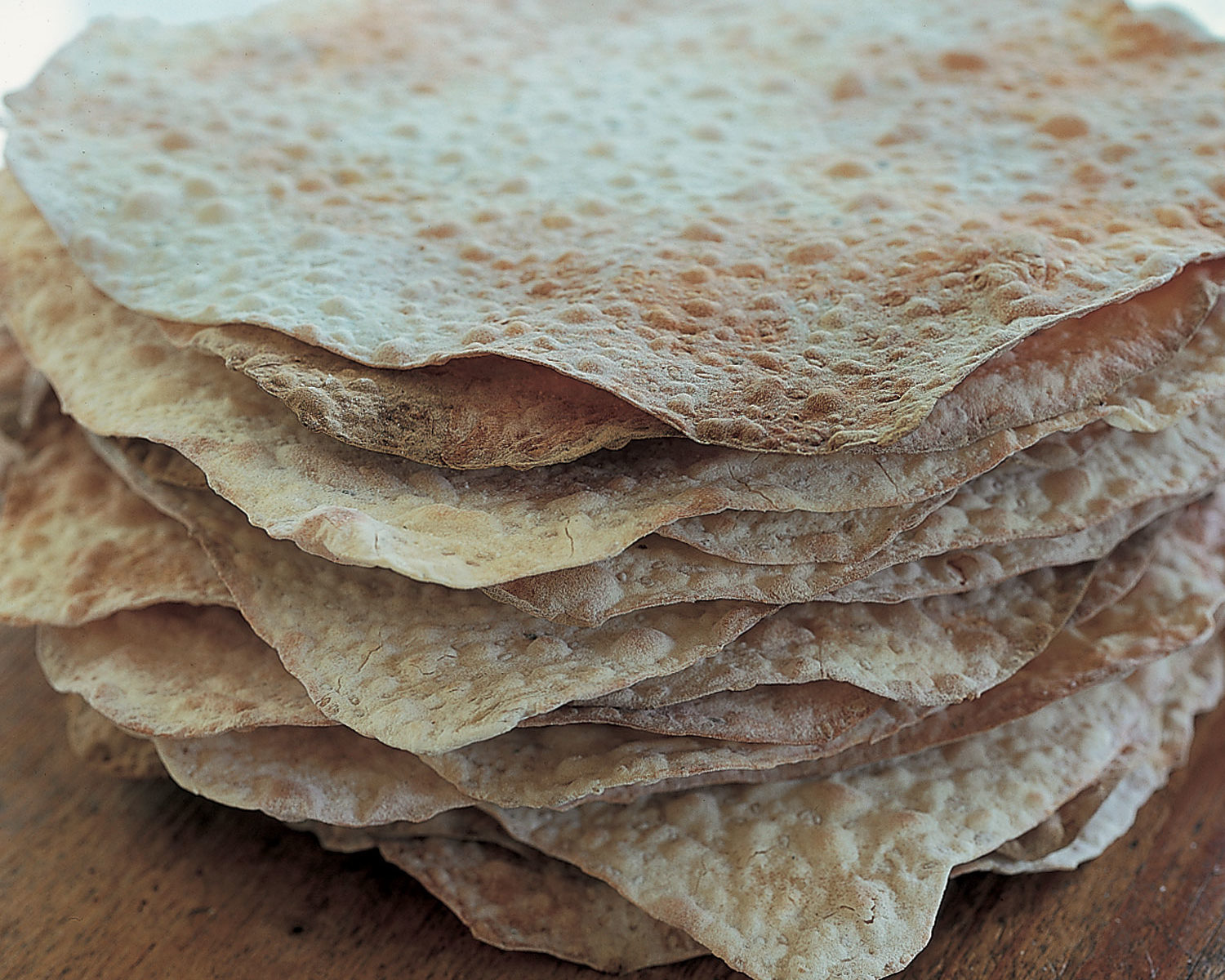
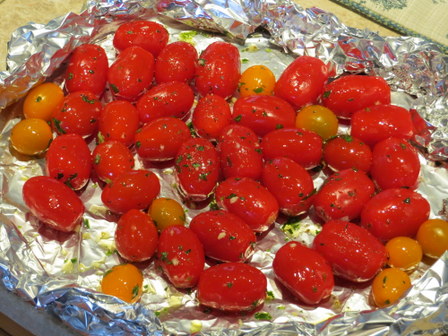










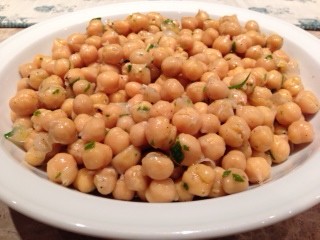


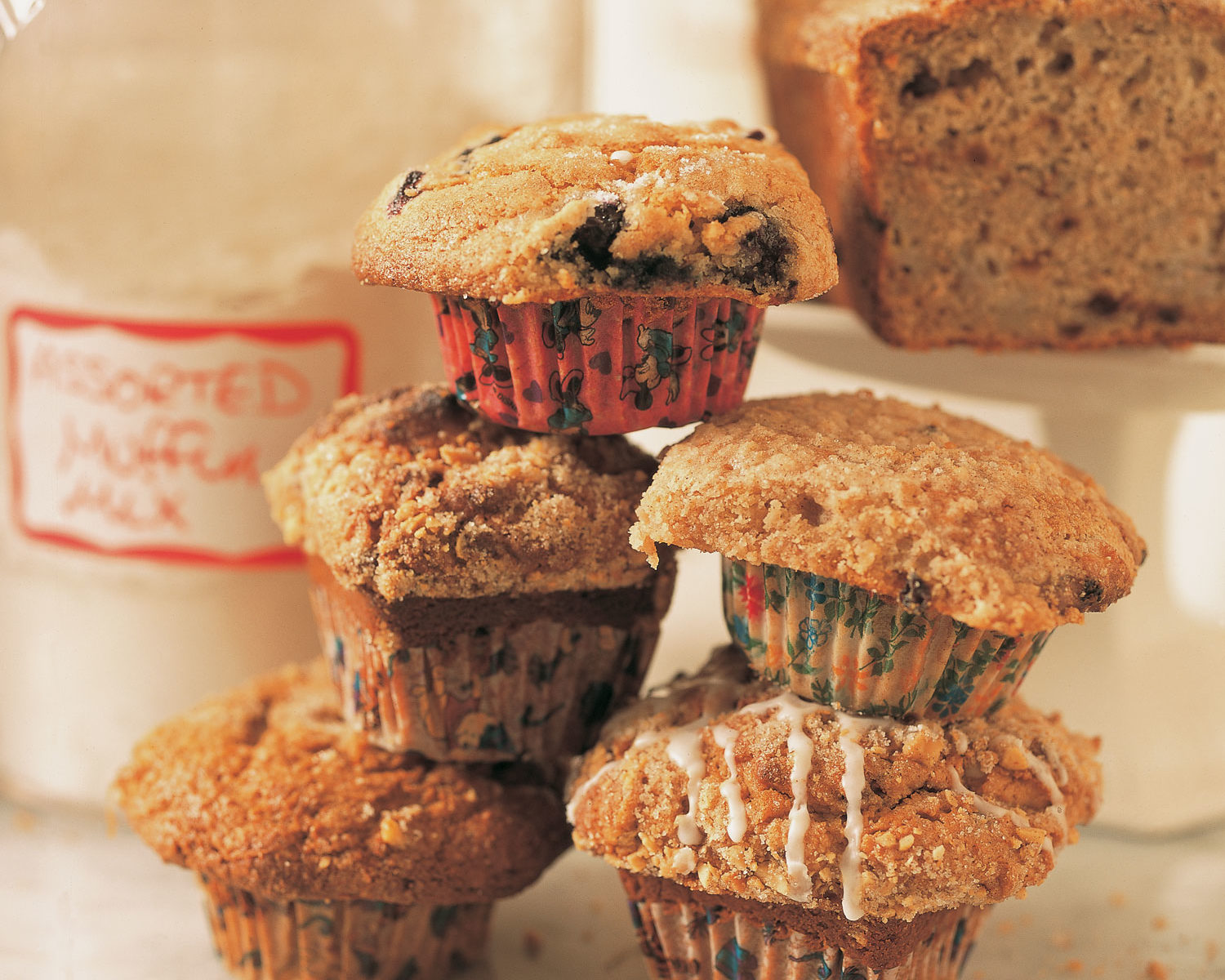

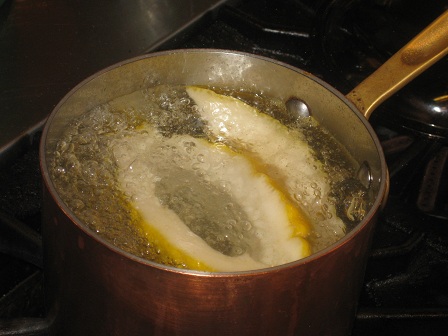





















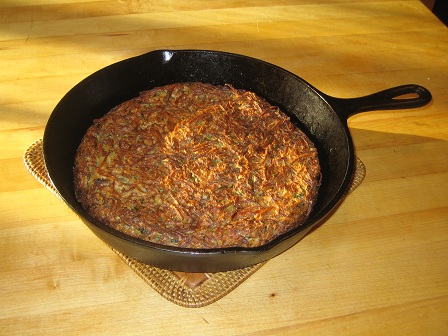










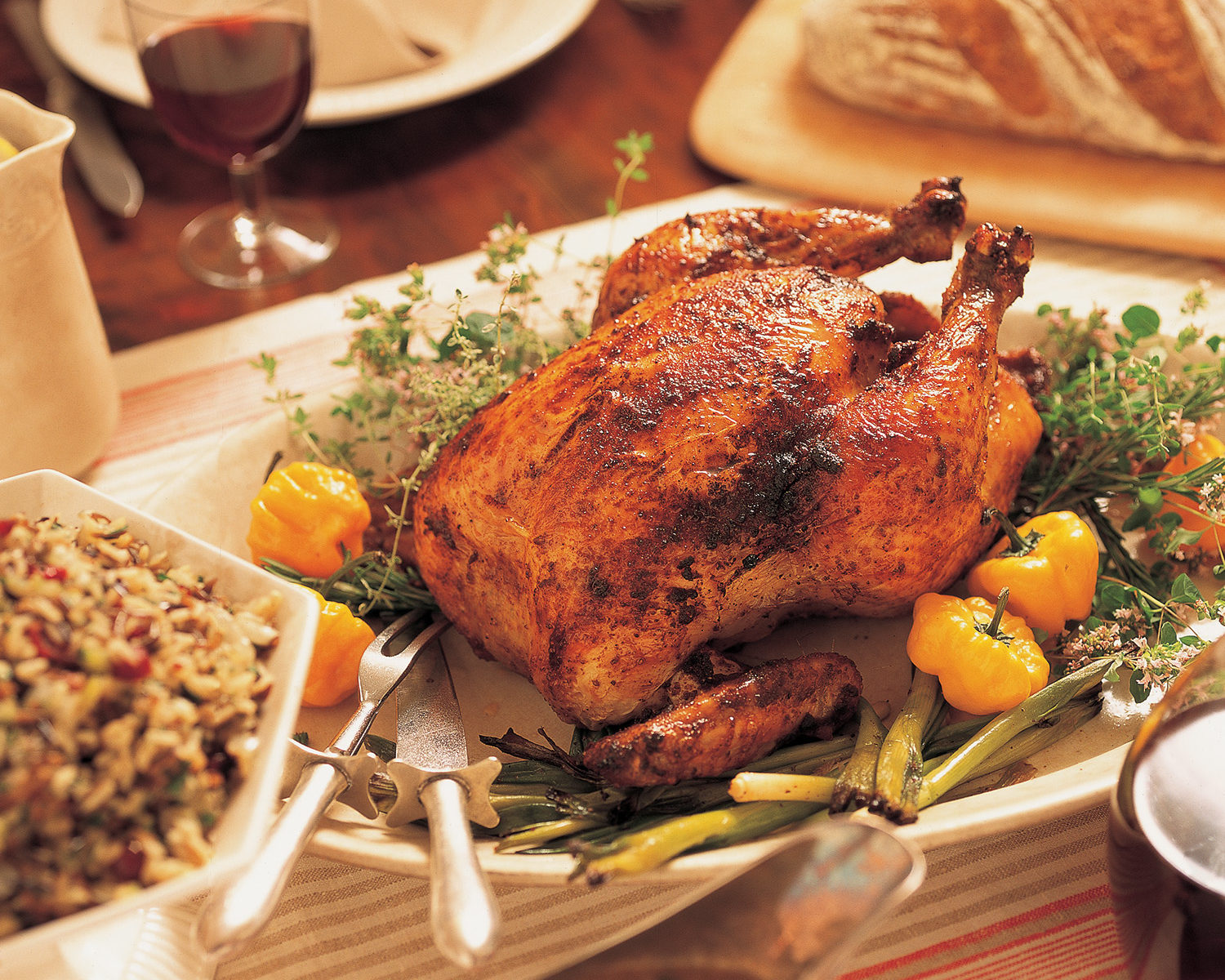




















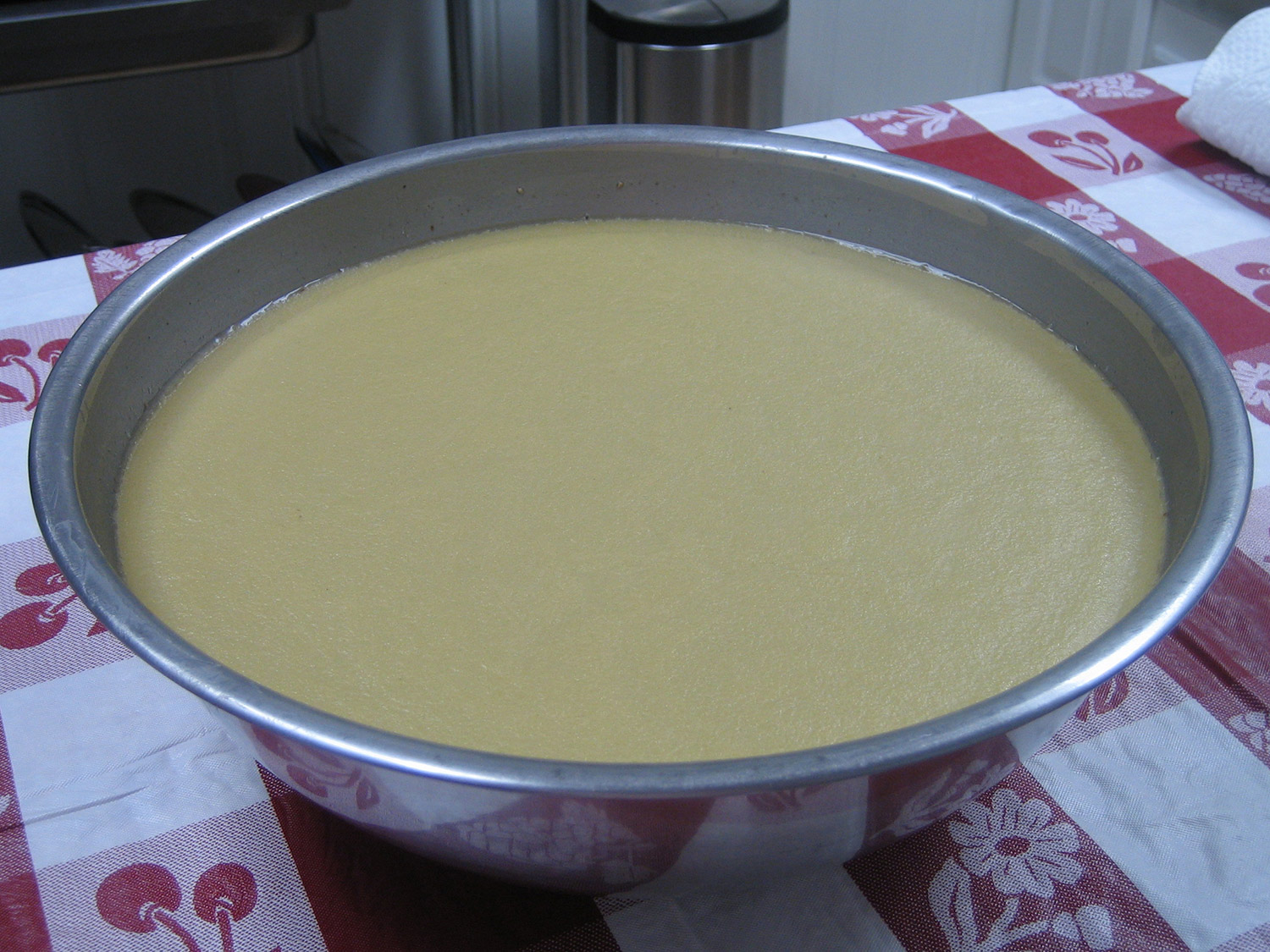











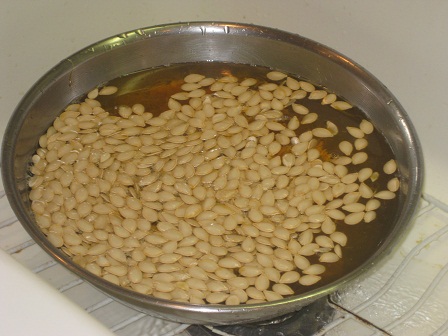


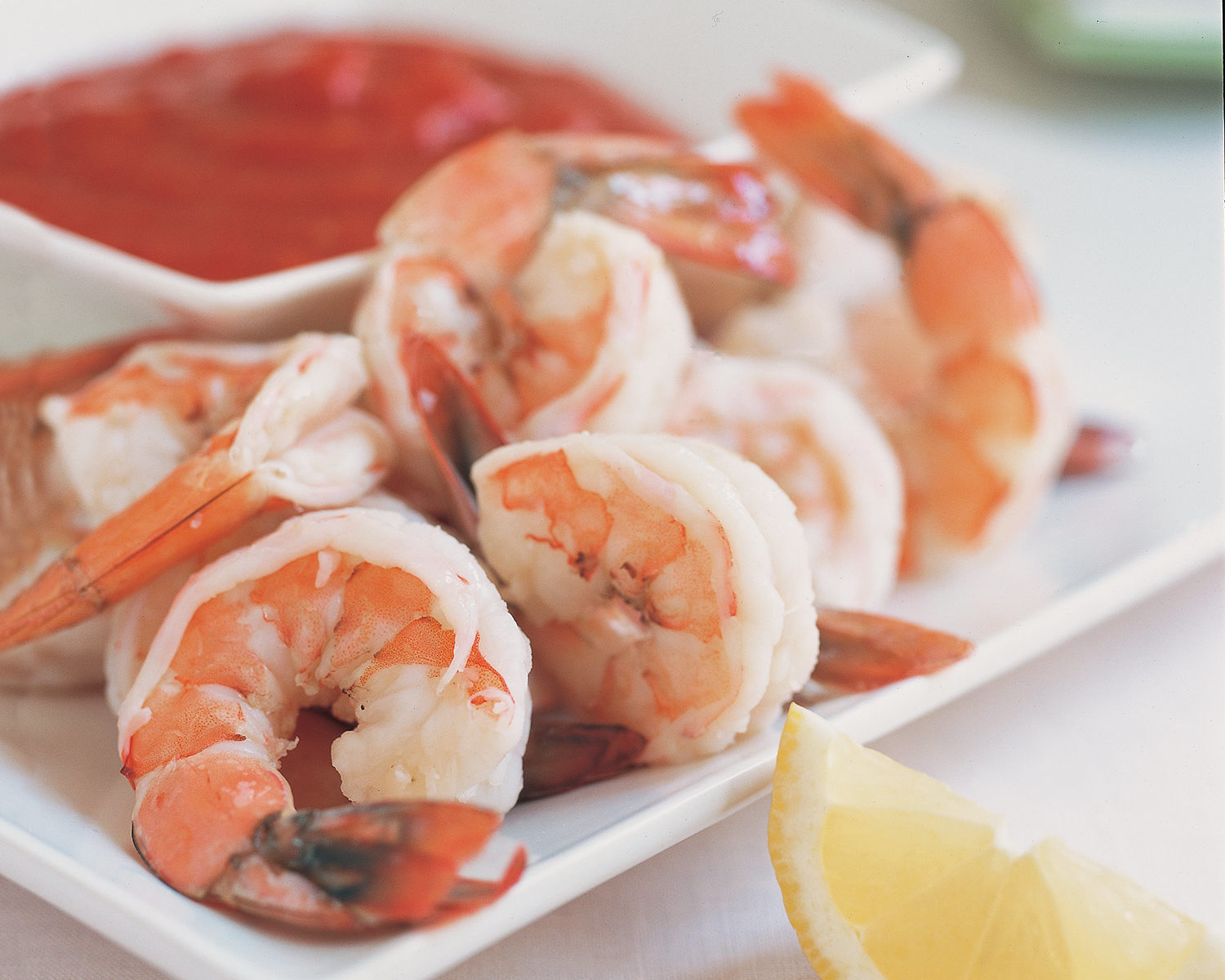


















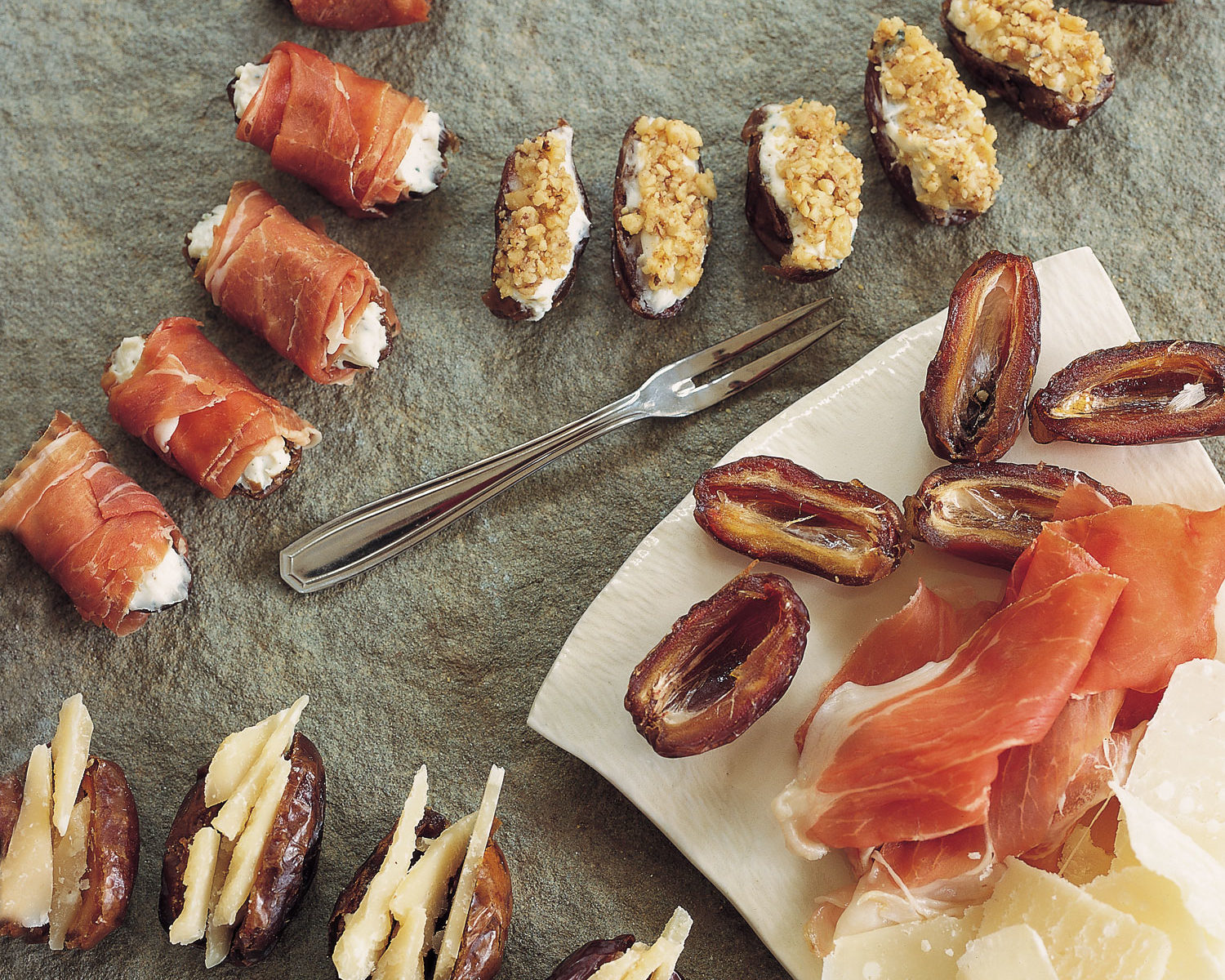
























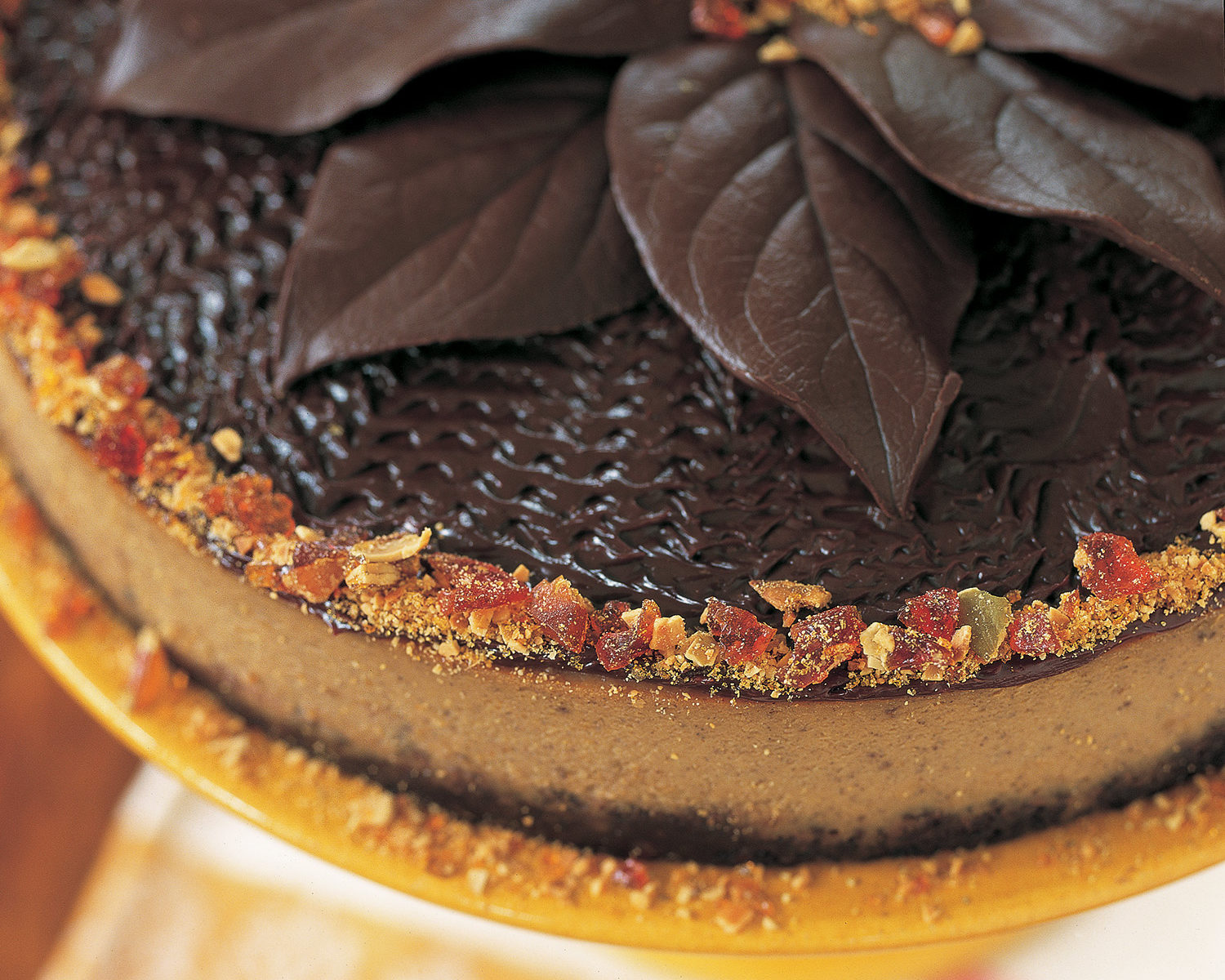






















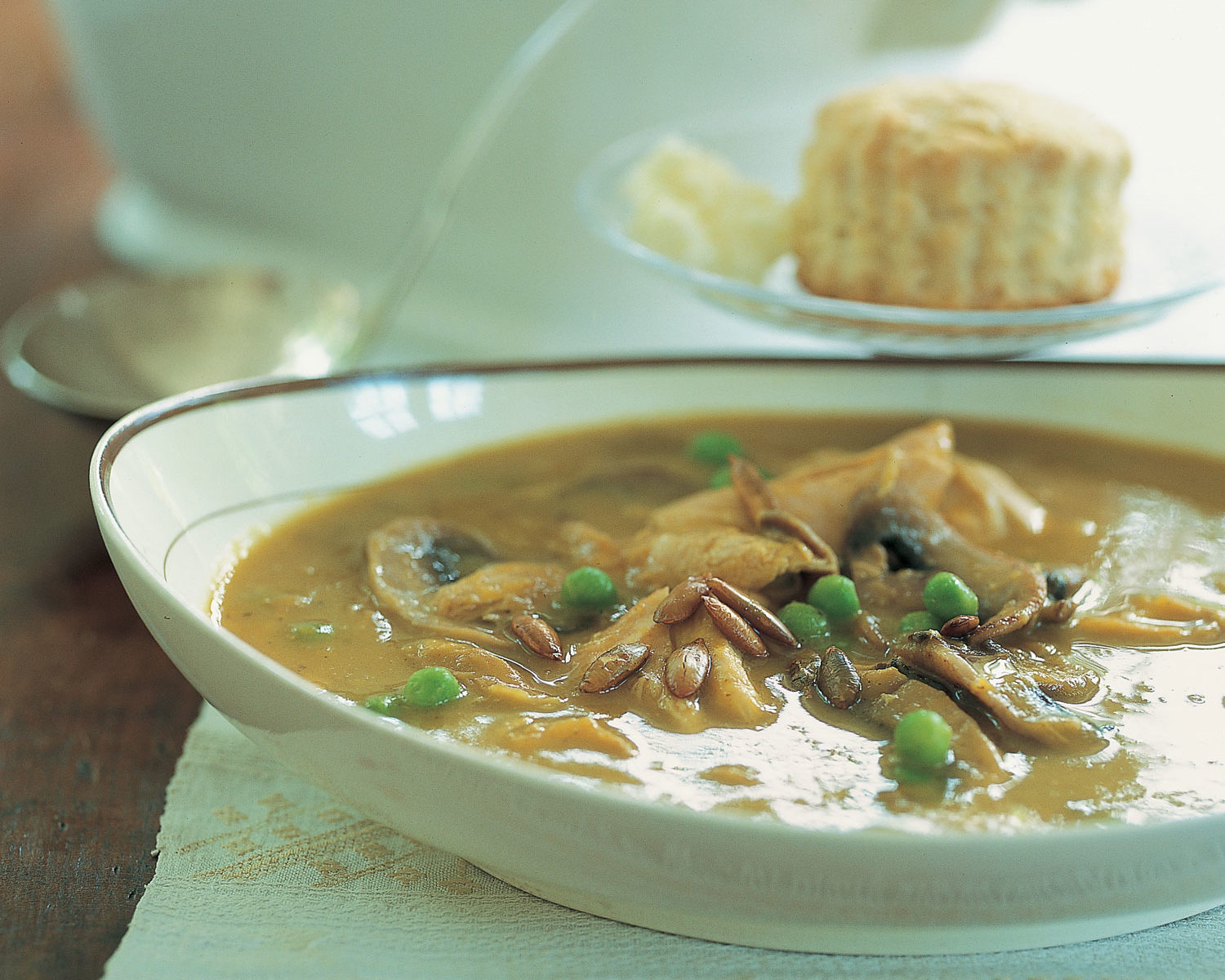






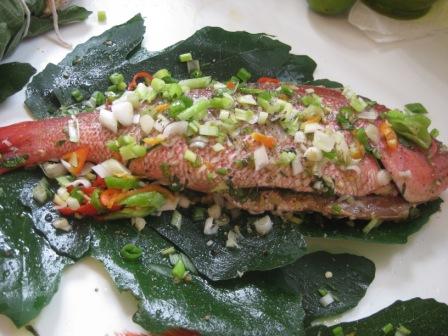











 The fish are seasoned with extra-virgin olive oil, minced garlic, fresh herbs (thyme, oregano, chives and Italian parsley) and Kosher salt and fresh black pepper).
The fish are seasoned with extra-virgin olive oil, minced garlic, fresh herbs (thyme, oregano, chives and Italian parsley) and Kosher salt and fresh black pepper).













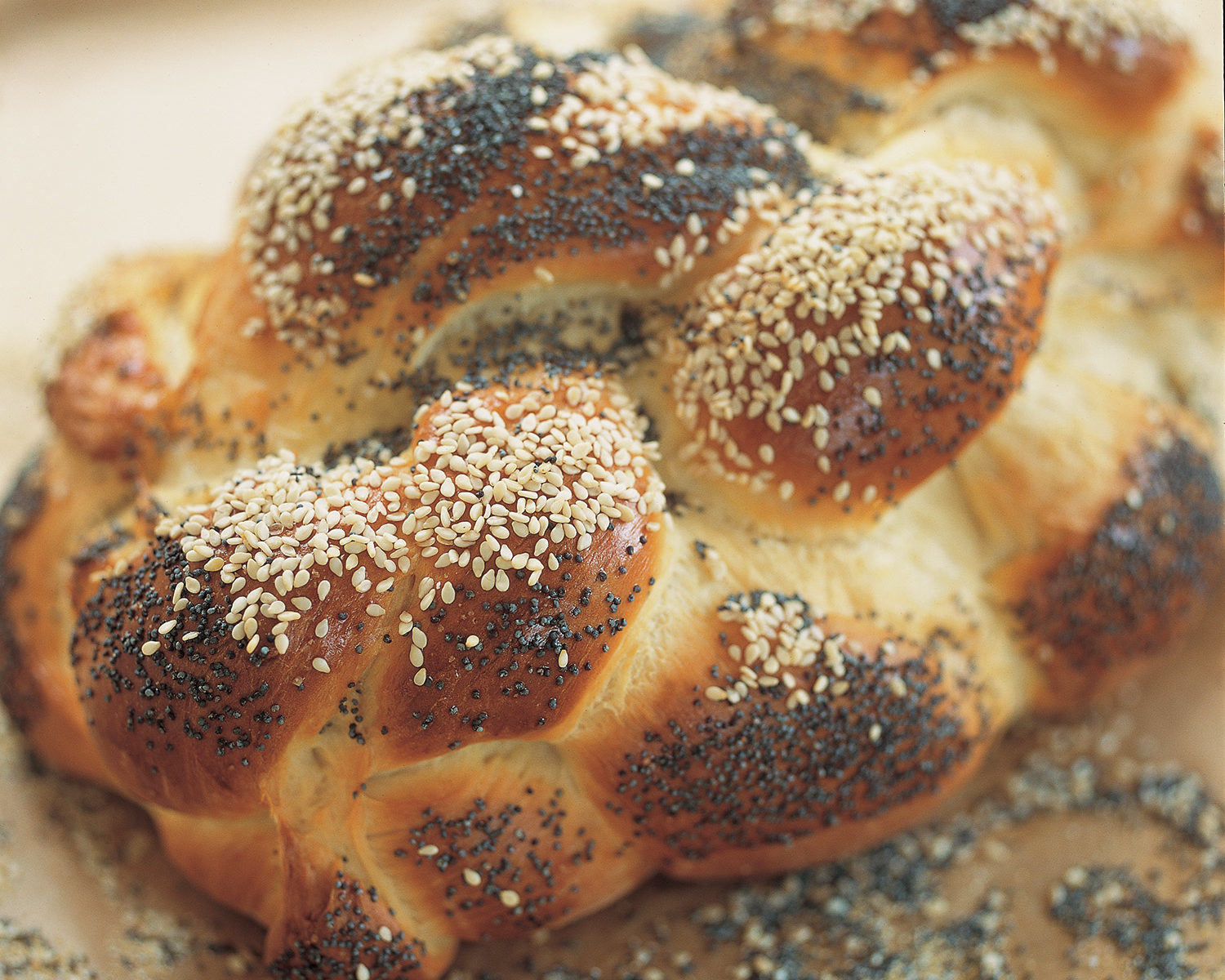







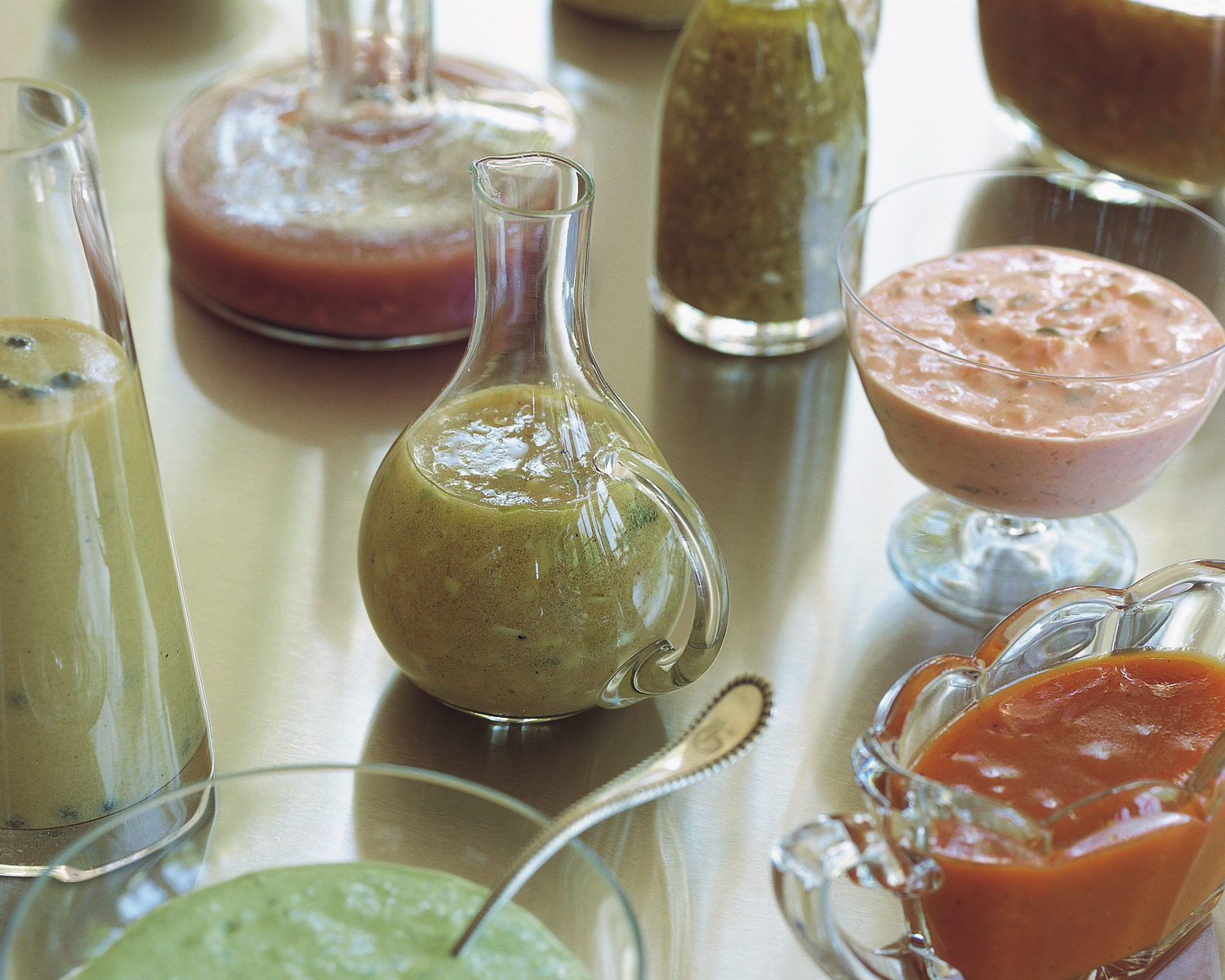

















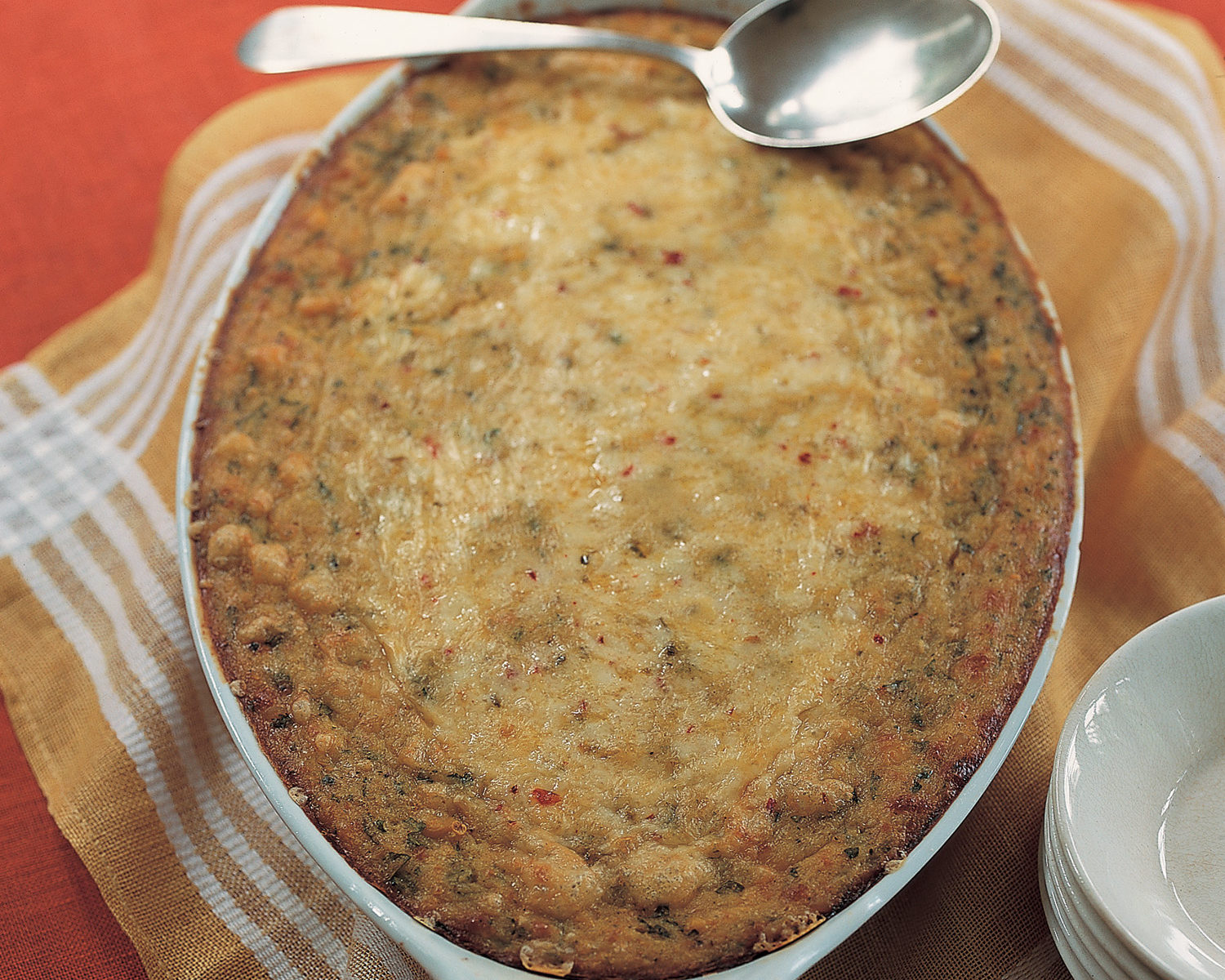
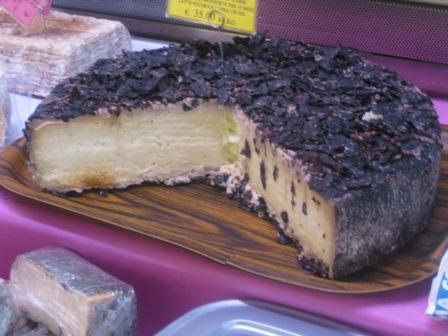











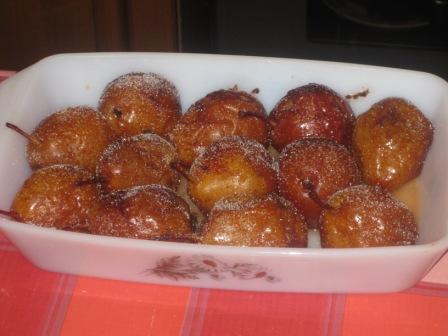





































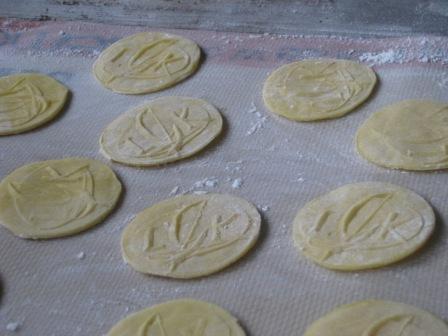










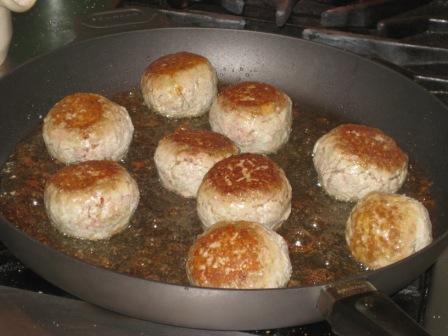










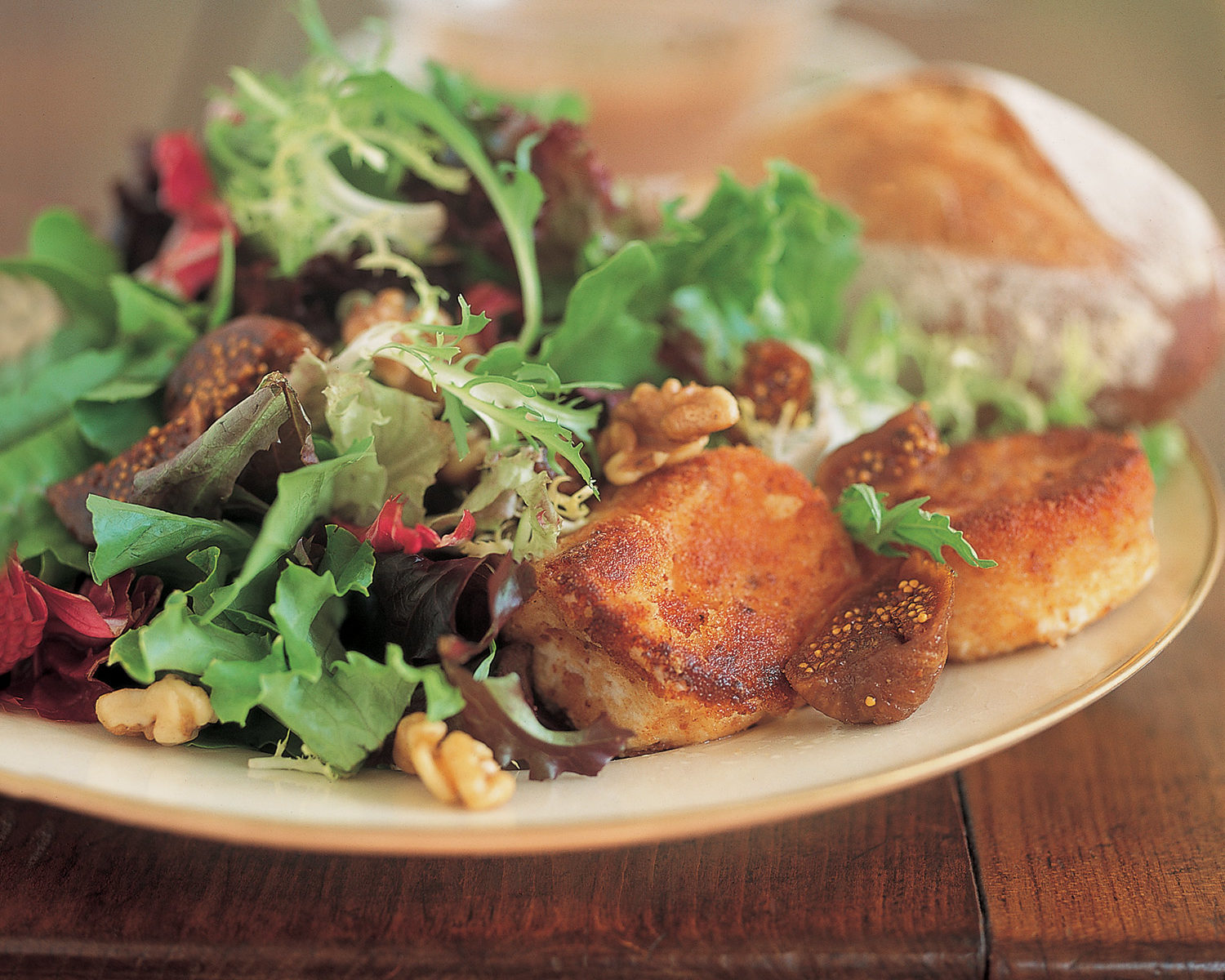









































 THE SUN!!!!!!!!!!!!!!!!!!!!!!!!!!!!!!!!!!!!!!!!!!!!!!!
THE SUN!!!!!!!!!!!!!!!!!!!!!!!!!!!!!!!!!!!!!!!!!!!!!!!









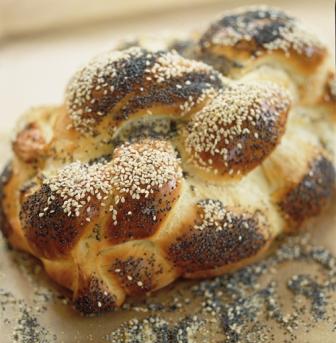







 And that goes for the muffins, too! (This new recipe will, no doubt, be photographed over and over again…)
And that goes for the muffins, too! (This new recipe will, no doubt, be photographed over and over again…)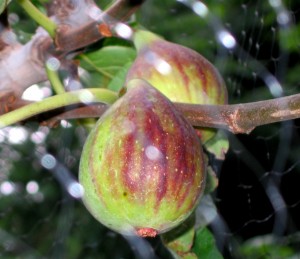




























 Blueberry Muffins with a Sugar-Nut Topping
Blueberry Muffins with a Sugar-Nut Topping 
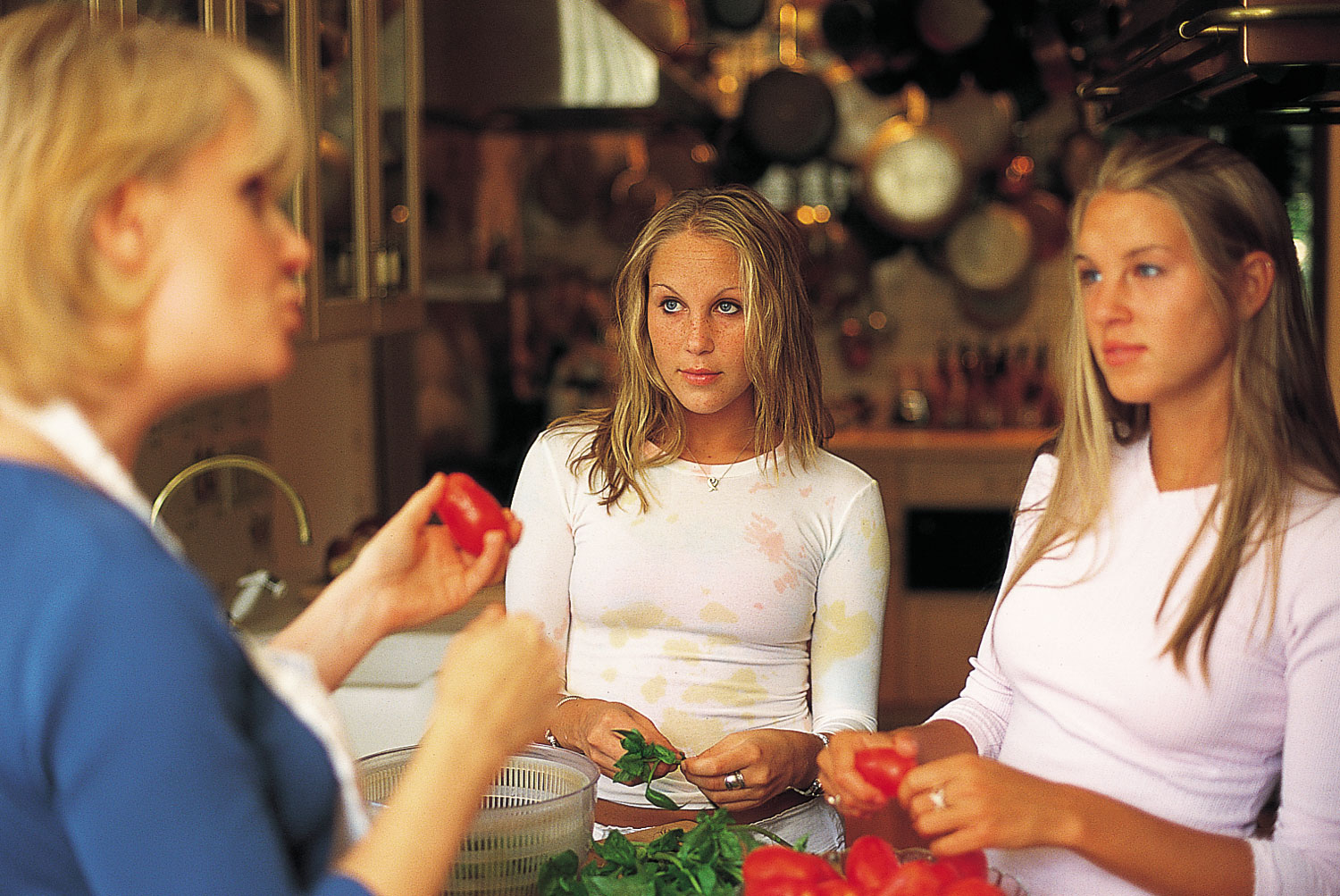
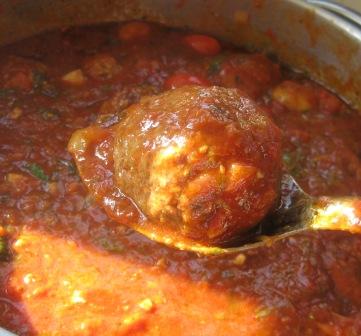








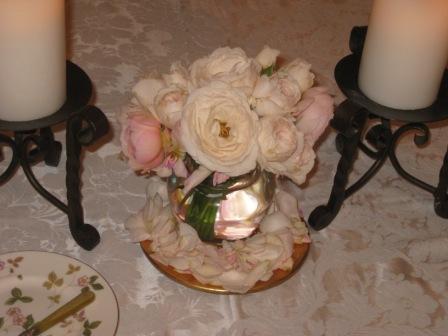

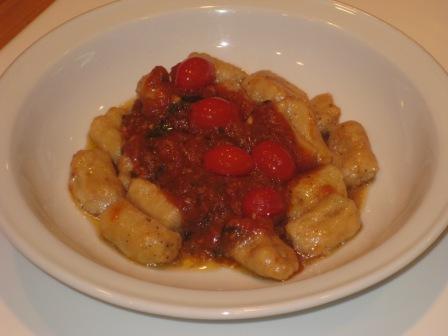

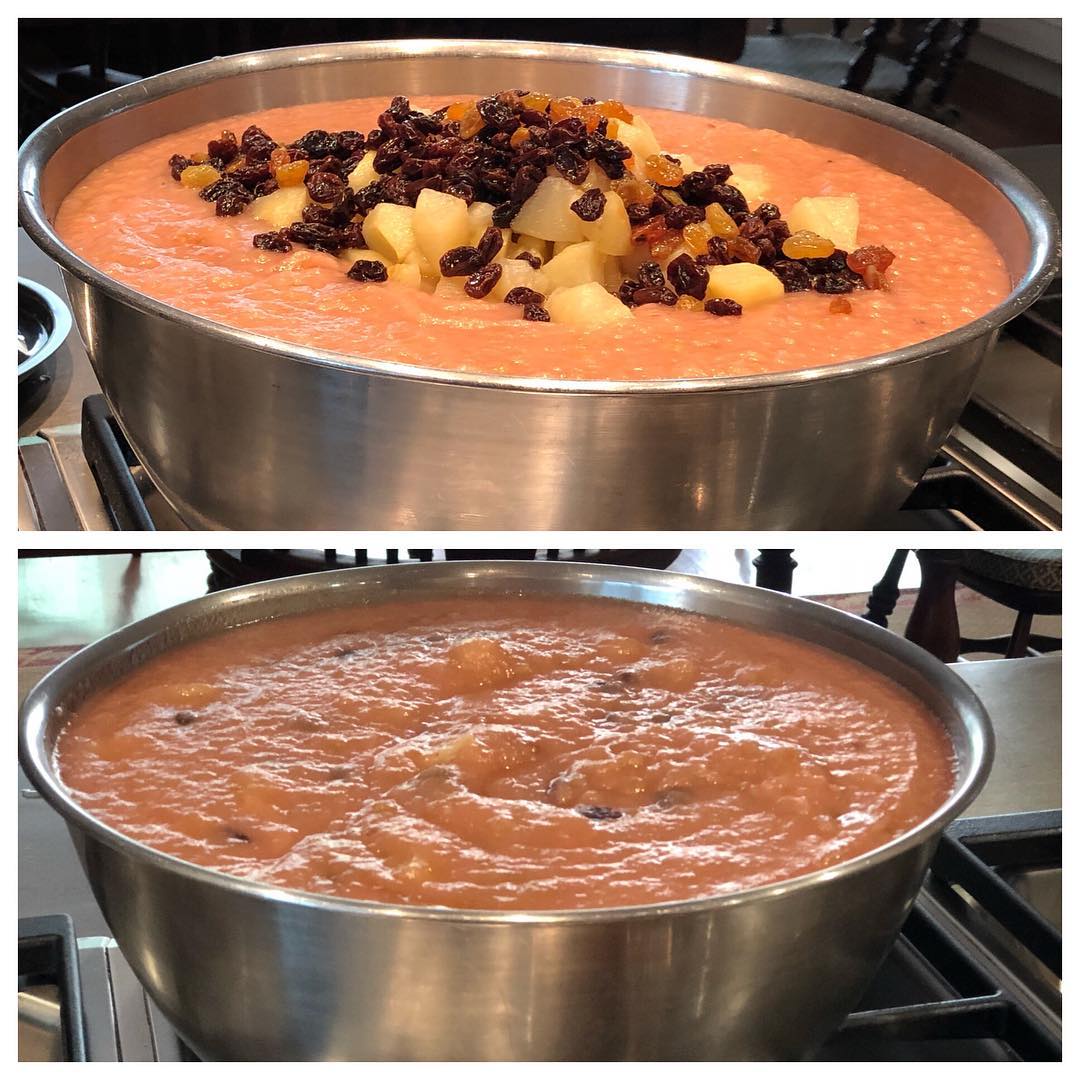









 Of course, Mango was thrilled as she lay splat on the floor of my kitchen, completely pooped after our day out in the fields…
Of course, Mango was thrilled as she lay splat on the floor of my kitchen, completely pooped after our day out in the fields…










